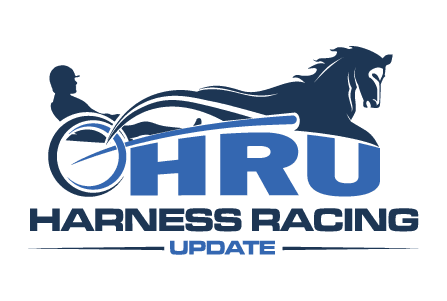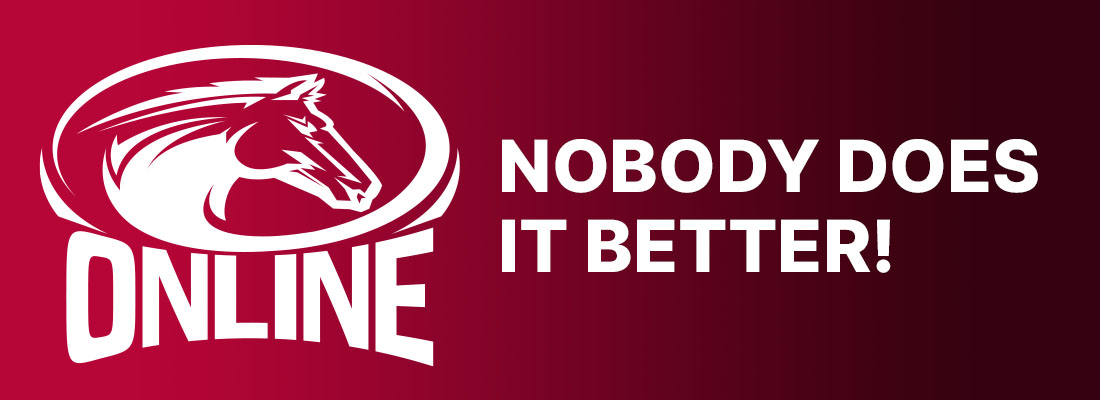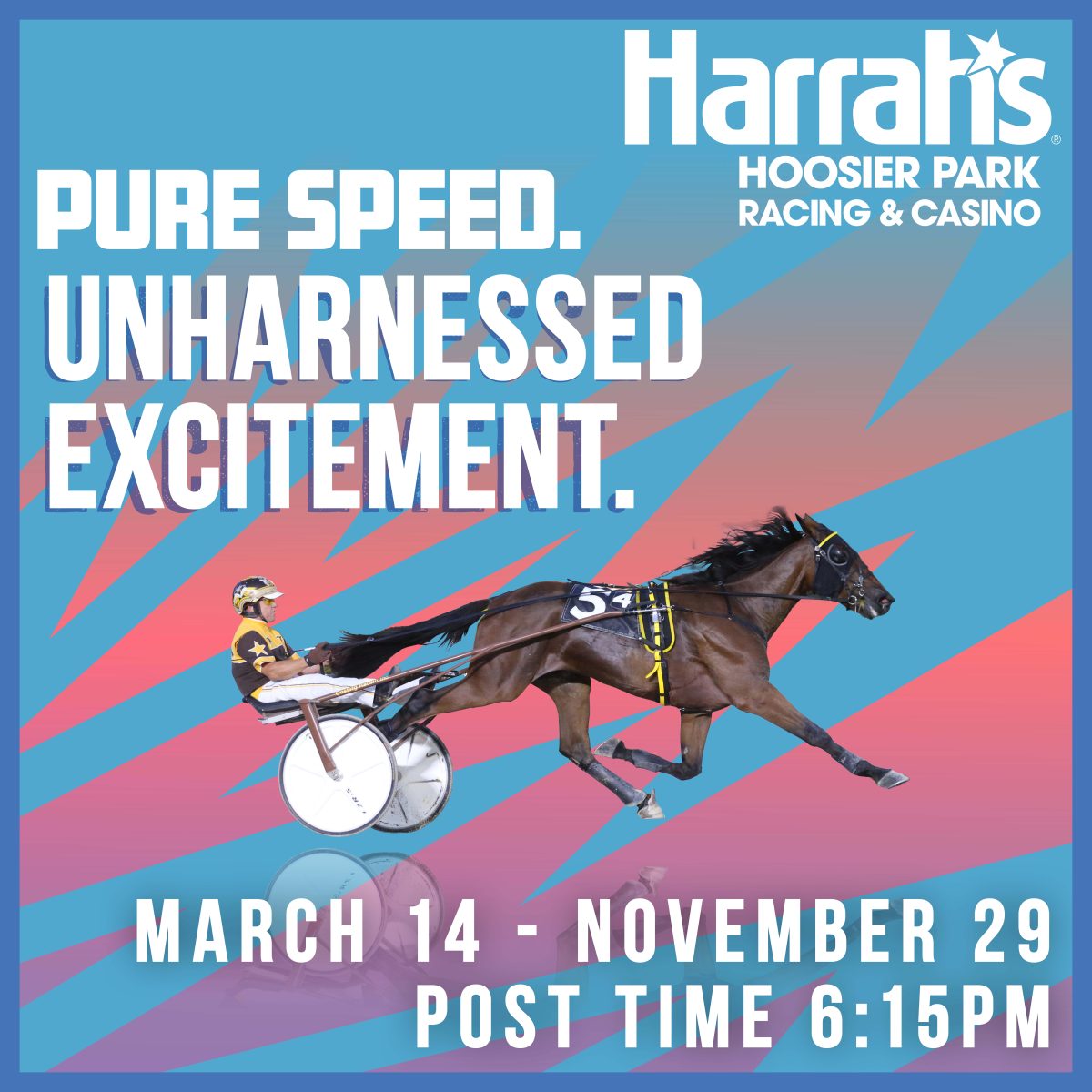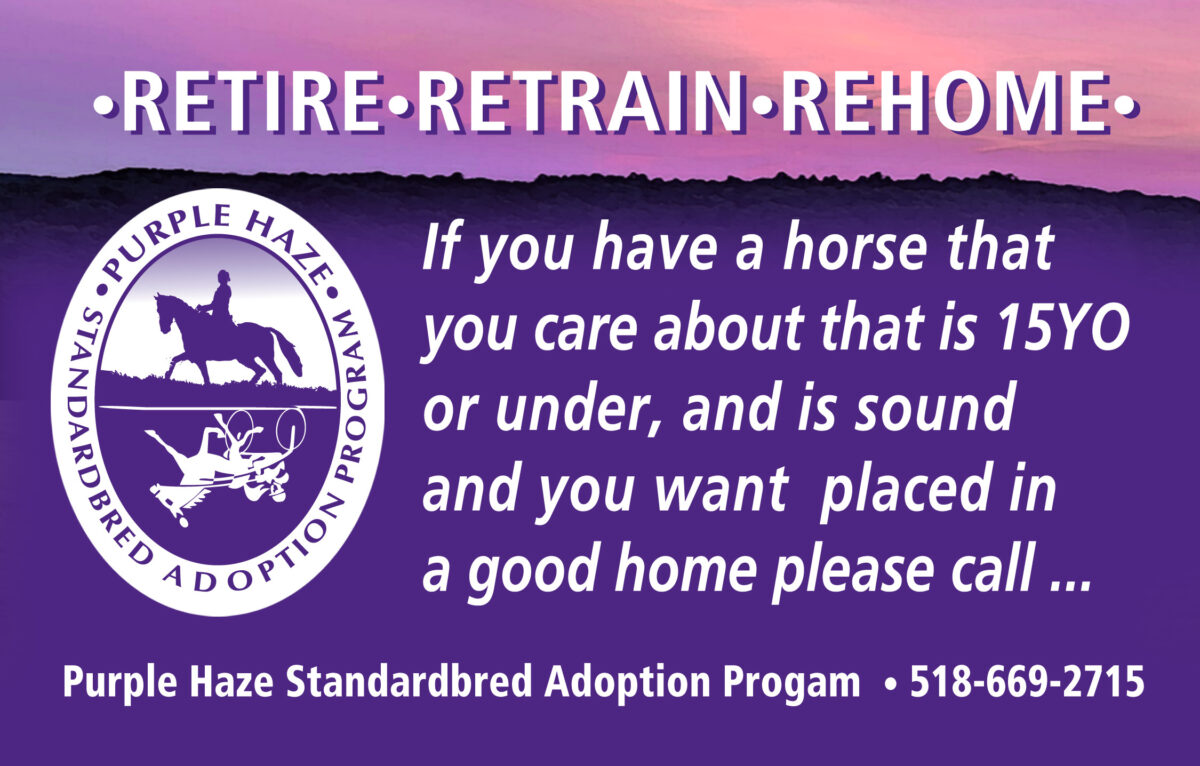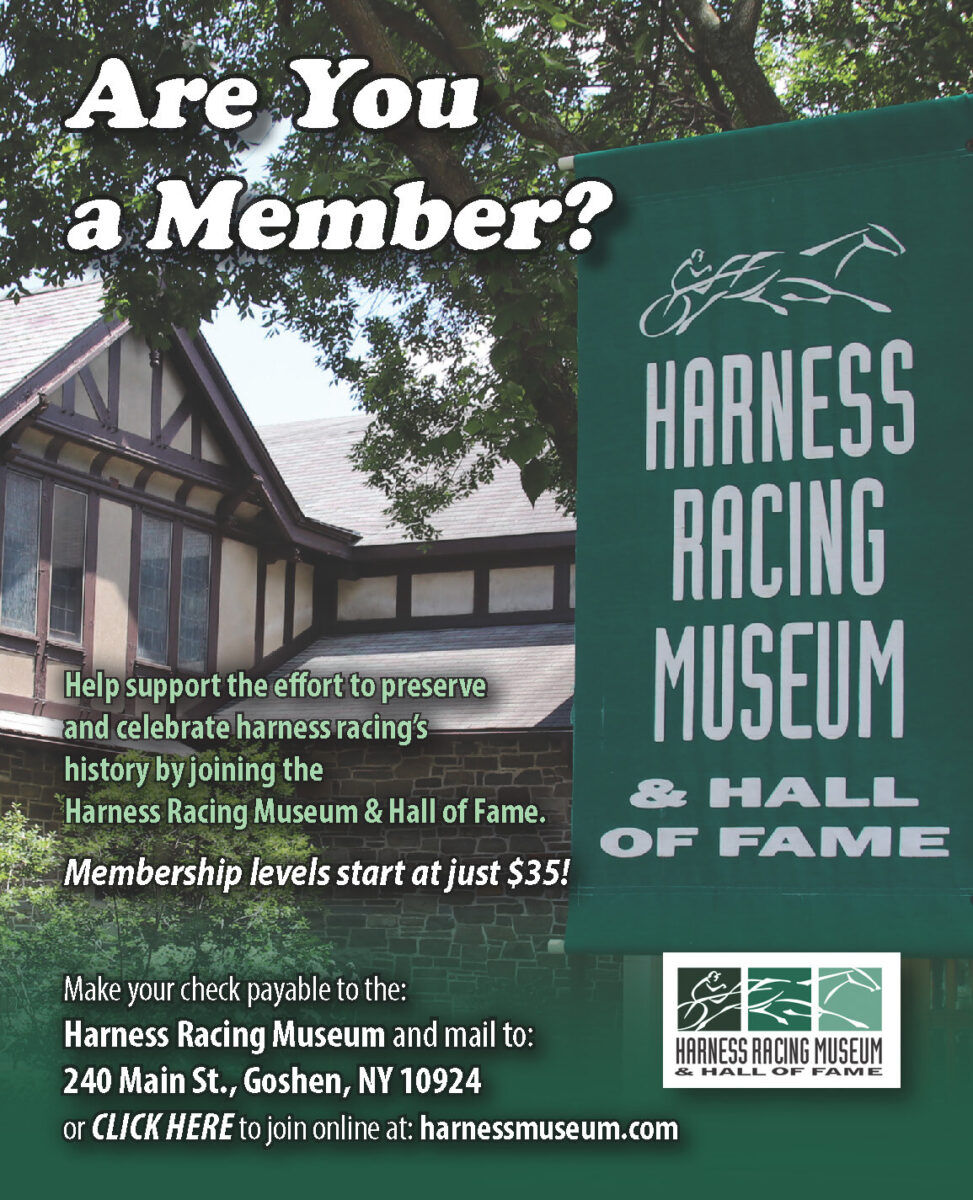How to pick out a Hambletonian winner
Hall of Fame trainer and three-time Hambletonian winner Ron Gurfein with his tips for picking out a winning trotter at the yearling sales.
by Ron Gurfein
It’s sale time in our industry, once again. The beginning of hopes and dreams, that often vanish into thin air all too quickly. I can’t necessarily make the dream of Hambletonian come true, but, for certain, I can make it closer to a reality while considerably limiting your down side.
There are three essential ingredients to being successful picking yearlings:
1. Know what a classic winning trotter should look like in the field and on the floor, and understand the pedigree to go along with it — or know someone that can do it for you.
2. Understand that it makes a big difference in where a horse was raised.
3. Have a trainer that will create a plan for your purchase, that will maximize his chance on the first Saturday in August of his sophomore season.
There is no way to say all great trotters look the same, but I can safely say that most of them have certain things in common. The most important being long legs. Rarely do you find a good, short-legged trotter. We see more lately, because the excessive use of trotting hopples has enabled some of those squat little fellows to stay on gait.
How a colt stands is way less important than how he moves. However, please don’t buy a horse that is severely toed out. Chuck Sylvester, one of the best that ever drew a line over a horse, loves toed out horses and has had success with them. I can’t go that route. I remember when Valley Victory fillies were at a tremendous premium and Chuck bought a great bred one for over $200,000 that was severely toed out. I called him in January to see how she was progressing and find out if he could keep her off her knees. He said, “Ronnie, are you kidding? She hits them going to the feed tub.”
However, I find nothing wrong with toed in horses. Both Continentalvictory and Self Possessed were toed in. What concerns me more is horses having excessive foot movement winging to a knee or paddling . Whether or not this causes interference is unimportant, just the motion itself will slow a horse down enough to negate greatness. Ideally, there should be no crooked legged colts in a select sale as the company is supposed to eliminate them from the catalogue, but to play it safe, when you look at a horse standing on the floor, everything should be facing you and straight (i.e.: knees, pasterns and feet all facing you the same way and equal in size).
I like colts with long necks, it gives them more balance and they will get air more easily. If you watch a short-necked horse in the field, when they trot off, they duck their chin causing a distinct bend in the airflow. A long-necked colt can go with his head low creating a straight air path. You want a colt with a big girth, bigger lungs, more oxygen.
Size matters, there have been many good little trotters. But, you want a good-sized one. They are not as easy to keep sound and need more maintenance, but they are faster. They take fewer steps in the mile. It works, believe me.
Buying a trotter is the exact opposite to buying a pacing horse. You want a big wide chest on a pacer and a more narrow front end on a trotter to prevent him from hitting his shins. His hind legs must be fairly wide apart also. Europeans are fussy about the length of a colt. Short coupled doesn’t bother me at all as long as they have enough air under them and trot cleanly in the field. There are many faults that I haven’t discussed because it would be a book, but when you select the proper trainer you will know.
As far as pedigree is concerned, right now it’s easier than it has been in recent years because it is quite obvious that Muscle Hill is in a class by himself. Since he has been standing (only three three-year-old crops), he has two Hambletonian winners and two very close seconds. I really look forward to the first crop of Father Patrick as a likely challenger to Muscle Hill.
Personally, I don’t care what foal of the mare the yearling is unless it’s past the 10th foal, but since I decided to write this article I did a quick study of the winners in the last 30 years and I found you should look for foals from third to seventh. The best of the best were right in the middle.
As far as help outside the training colony is concerned, there are two more than capable horseman, that do nothing but look at every yearling with a Hambletonian pedigree. They are Perry Soderberg and Pat Waldo. They both have an excellent opinion and have selected many classic winners in the past.
Believe it or not, I think the water and the soil in certain areas creates a stronger horse and I think if you look into this you will find I am not that crazy. I am not going to mention any farms because it’s just my opinion and I don’t want to leave anyone out. Instead I would prefer that you do your own study and come up with the farms that have raised and foaled the majority of classic winners.
Lastly, and very, very important is your selection of a trainer. You are not going to find him or her on a list of trainers with the most wins because you are looking for a specialist and lots of wins means too many horses to attend to your needs. I would start with trainers who have been there, and had great success. This is very important as Muscle Hill, as great a stallion as he is, does not produce a yearling that is easy to train. So now you think you know the answer: just send the colt to Jimmy Takter. I am not saying you would be wrong. He is, without a doubt, the best trainer of our era, but unfortunately he can’t train all the yearlings. So now we must look elsewhere.
Who can beat or compete with Sir Jimmy? There aren’t a lot, but they certainly exist. I would say there are at least a half-dozen trainers that could compete if they had competitive pocketbooks. Once again, I can’t name names because I may leave out a name and get shot. To start, look at the previous Hambletonian winners and go from there. Make sure it is someone you feel comfortable with and that is a good communicator and trains a manageable size stable.
Great horses are born, they are not created by a trainer. However, a good trainer is essential because it is very easy to mess up on the way to a classic. I did it myself, so I have good reason to make this statement. Thankfully, I learned from my mistake and didn’t do it again. In 1991, I had my first Hambletonian entrant. His name was MB Felty. It wasn’t a stellar field, but I had the best horse and was confidant that he was ready. Concerned we were going two heats I over trained him and even warmed him up a bit faster than usual to take a little of the edge off his fractious attitude. Well, he won the first heat easily and fell short in the second at 4-5. I was devastated, and never realized what I had done wrong for many days after. The realization certainly aided my future attempts that ended on a more positive note. You may be thinking that I screwed up Cantab Hall’s attempt more than a decade later as a big favorite, but I can’t take the blame for that. Less than a month before the race he developed a condition called anhydrosis (the inability of the body to control it temperature). His temperature would be as high as 107 just after a two mile jog. My sincerest thanks to Dr Paul Nolan for correcting the problem, but the colt was marginalized for the entire three-year-old season by the condition. He did salvage second in the classic as a result of a excellent Michel Lachance drive and certainly went on to prove his greatness in the stud barn. How I bought him is a great story that I will save for another day. While on the subject of Cantab Hall, I love his fillies and if you are looking for an Oaks winner I think he would be competitive.
Owning a good or great racehorse is a fabulous experience. Our business has undergone many changes in the past 50 years I have been training, but one thing will never change and that is the feeling of standing in the winner’s circle. Racing is not the same as it was in the earlier day, but what is? If you follow my guidelines you have a chance to enjoy the journey and what a journey it is.
If you have any questions or need further advice you may contact me at gurftrot@aol.com.
